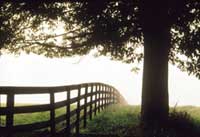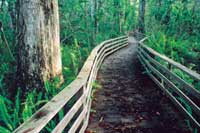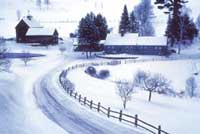The Tip-Off
Leading Lines--Tony Sweet Extends An Invitation
The idea is as old as composition
itself: lead the viewer into the picture. |
|||
"Susan Sontag said that
artists create, photographers disclose," Sweet says. "The
lines exist, we see them and then use them in our pictures." Actually,
it's a bit more complicated than that; between the seeing and the
using, the photographer has to make some crucial decisions--what angle?
what time of day? what light? and maybe most important, what lens? |
|||
Once he's ready to shoot,
he has to decide where the leading lines lead. "The line or lines
should lead somewhere other than dead center of the frame," he says.
"Although there are exceptions to this rule, I find that in general
anything leading to dead center is too static. I try to avoid bull's
eye compositions." |
|||
His partiality to these lines
is more than an esthetic consideration. "Leading lines photographs
are great for stock because there's a storytelling quality to them.
We wonder what's going on. We look around, follow the path. There's
a lot of implied meaning to the photographs, and that makes them very
marketable to a number of publications." |





































